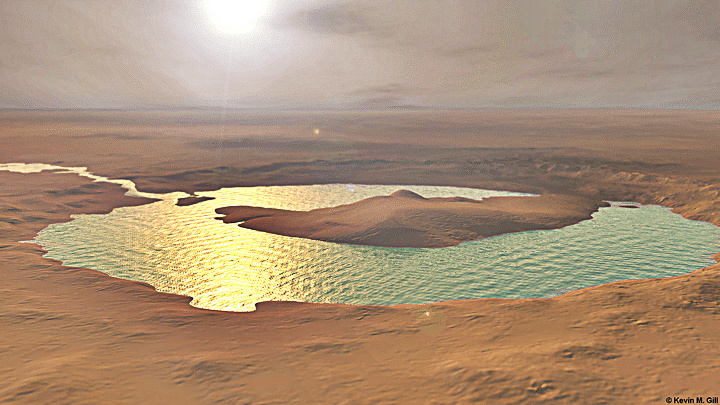When we witness star formation it happens not in ones or two, but in clusters of hundreds or thousands. Therefore somewhere in the galaxy are many stars born alongside the Sun. Astronomers have collected data they expect will allow them to find these long-lost nestmates, with the first major release occurring today, accompanied by eleven papers in two journals.
Stars that are born together don't stay that way. Open clusters like the Pleiades are pulled apart by gravitational dynamics. Initially, it is possible to identify stars that formed together from a combination of location and direction of travel, tracing back to find a common origin. However, after a few orbits round the center of the galaxy, paths diverge so much that even this becomes impossible.
There remains, however, one way to identify stellar siblings, as these stars are called. (Not to be confused with “stellar twins”, stars very similar in mass and brightness even if having separate origins). Stars born from the same gas cloud have a similar chemical composition, since the star formation process turbulently mixes gasses within the cloud. By studying the quantities of many elements it is possible to find matches so close that a common formation is the only explanation.
Each element produces dark lines in different part of the spectrum. By looking at the intensity of lines in three segments of the visible spectrum, and one in the infrared, we can see how much of each of 23 elements a star has, providing a fingerprint that matches stars with its siblings. N.A. Sharp, NOAO/NSO/Kitt Peak FTS/AURA/NSF.
This is what the Global Archeology Survey, dubbed GALAH, has done. We've been measuring star's composition from their emission spectra for a century, but early processes were slow and cumbersome, studying just one star, and only a few elements, at a time. The HERMES spectrograph attached to the Anglo-Australian Telescope has transformed that, making it possible to measure 360 stars' spectra at once, a capacity GALAH has put to use on 340,000 stars over 1,000 hours of observing time.
“No other survey has been able to measure as many elements for as many stars as GALAH,” said Dr Gayandhi De Silva of the University of Sydney in a statement.
De Silva told IFLScience, GALAH eventually intends to measure the spectra, and therefore composition, of the million brightest stars, but that goal will have to wait until a northern hemisphere telescope joins in. Meanwhile, the release of the first third of the sample allows astronomers to make a major start. “This data will enable such discoveries as the original star clusters of the galaxy, including the Sun's birth cluster and solar siblings,” De Silva said.
Establishing the common origins of any long-dispersed clusters will help us understand the galaxy's orbital dynamics, but there's another reason, besides wanting to know our birthplace, to look for the Sun's siblings. We don't know to what extent a star's chemical composition affects the prospects for life on orbiting planets, but we do know of one combination of elements that is definitely compatible with life.
How Hermes captures the spectra of 360 stars at once. Light from the telescope is split into blue, green, red and infrared light with each star's light kept separate for individual examination. Australian Astronomical Observatory




Post A Comment:
0 comments: